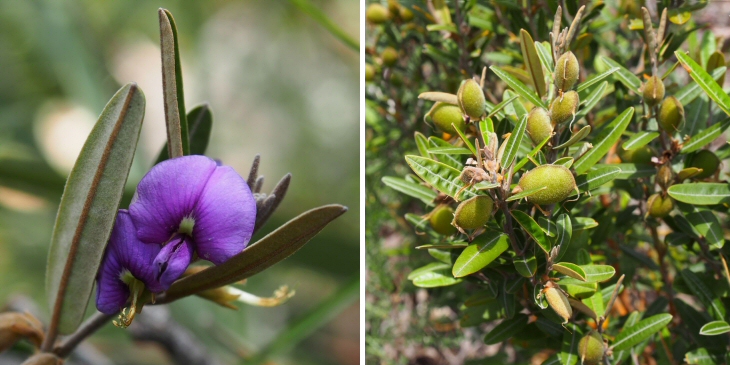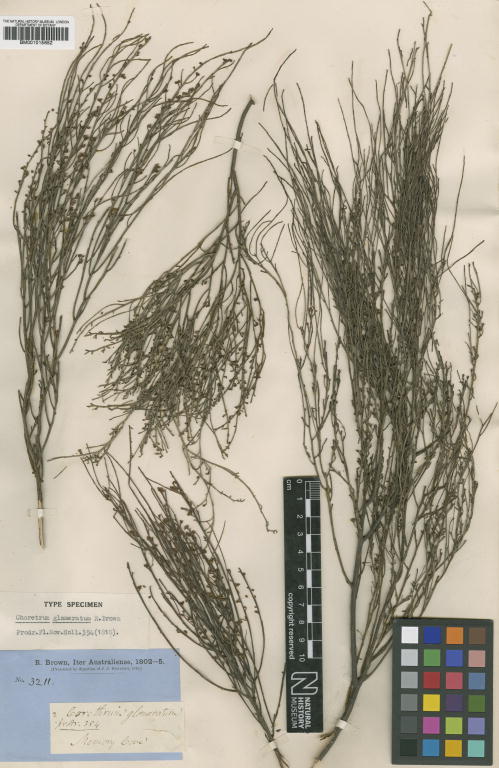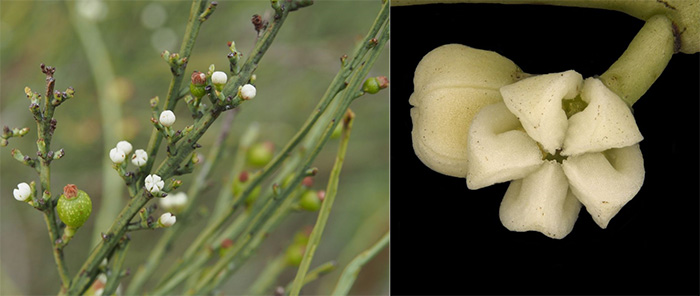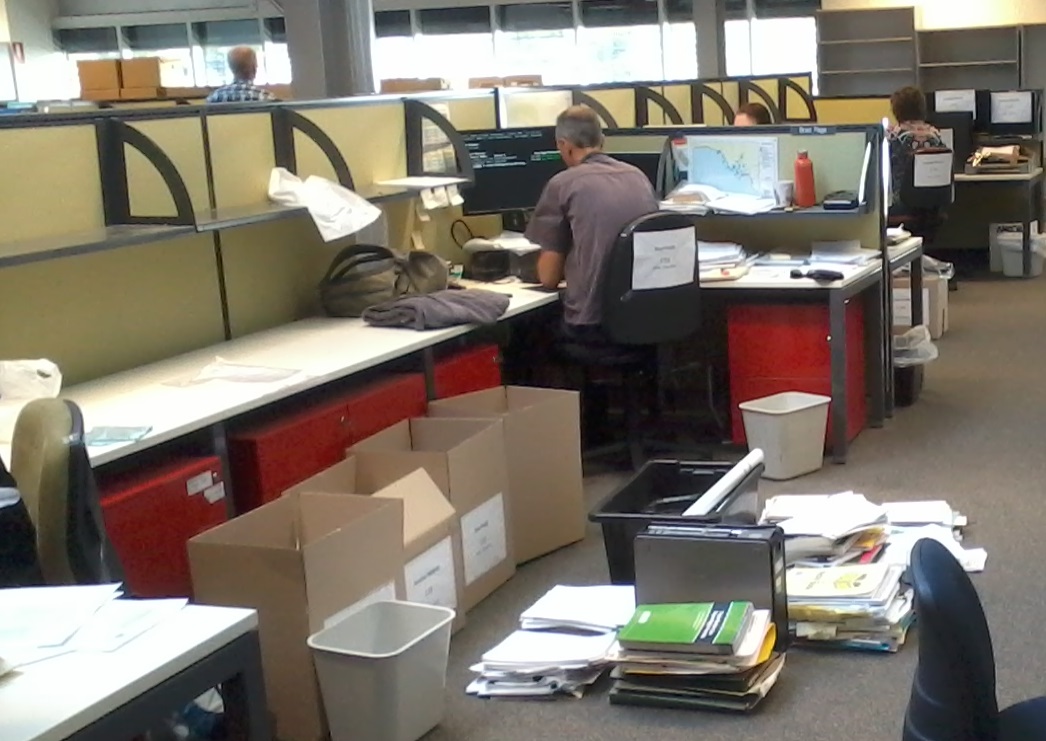A Remarkable occurrence
The Plant of the Month for May, Hovea purpurea, alpine hovea or rusty pods (formerly known as H. longifolia & H. beckleri), is an attractive violet-flowered shrubby pea with a disjunct outlying occurrence in the State that is truly remarkable.
Alpine hovea has its principal occurrences in eastern NSW and north-eastern Victoria (see AVH map) but re-appears over 1000 km to west on a few of the taller peaks in the Southern Flinders Ranges, which provide a refuge of cooler and moister conditions. The largest population here occurs on the rocky slopes of Mt Remarkable in DEWNR‘s Park of the Month for May 2016: Mt Remarkable National Park.
As well as Mt Remarkable and its northerly extension, the species occurs on the upper slopes of Mt Brown, The Dutchman’s Stern and Mt Aleck (in the Elder Range). There is also a Tate herbarium collection from the Gladstone area (probably from the late 19th century) and a single collection made in 1960 from St Mary’s Peak on the rim of Wilpena Pound. It would be good to have confirmation for these locations on the southern and northern extremes of its SA range, but the absence of recent records for such a striking plant suggests that it is no longer extant there.
Being restricted to such a small zone on only the highest peaks of the southern Flinders Ranges, alpine hovea in SA is likely to be highly susceptible to climate change: there is no higher zone that it can shift up to as conditions become progressively warmer and drier.
The AD herbarium specimen shown here illustrates the species’ erect habit and distinctive leathery leaves that are smooth above and rusty-velvet below. It was collected by H.M. Cooper on Mt Remarkable in 1963 and still retains much of the original flower colour 53 years on.
H.M. Cooper (1886-1970) worked as an anthropologist with the South Australian Museum and, like many people of his time, had wide-ranging interests in natural history. Cooper contributed thousands of items, mainly aboriginal stone artefacts to the Museum’s collection, but also made important collections of fish, insects, land snails and plants. The latter collections are represented by over 3680 records in the State Herbarium database.
Hovea purpurea is listed as a Rare species in SA under Schedule 9 of the National Parks and Wildlife Act. Although its range is localised, alpine hovea is a prominent plant on the upper slopes of Mt Remarkable and hard to overlook when it is flowering in early spring.








 The aims of the event are to:
The aims of the event are to:
You must be logged in to post a comment.